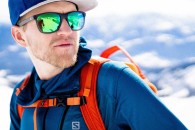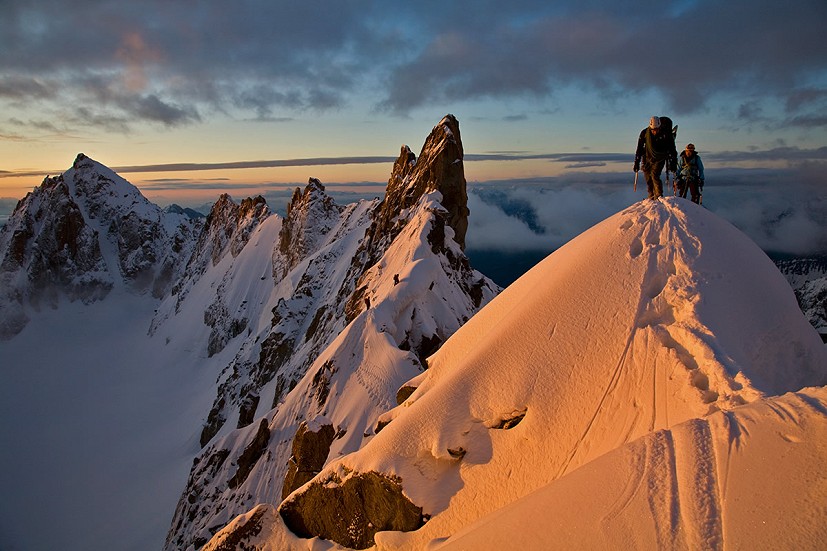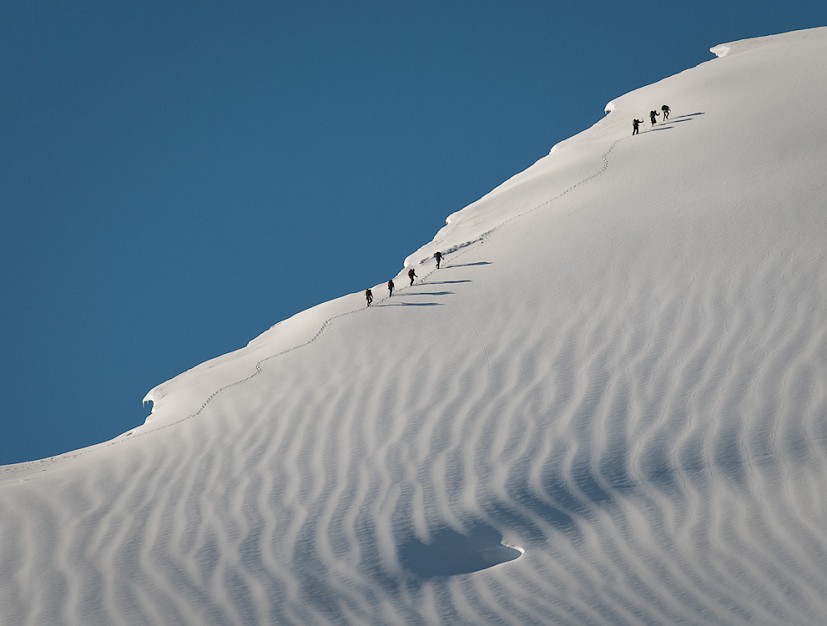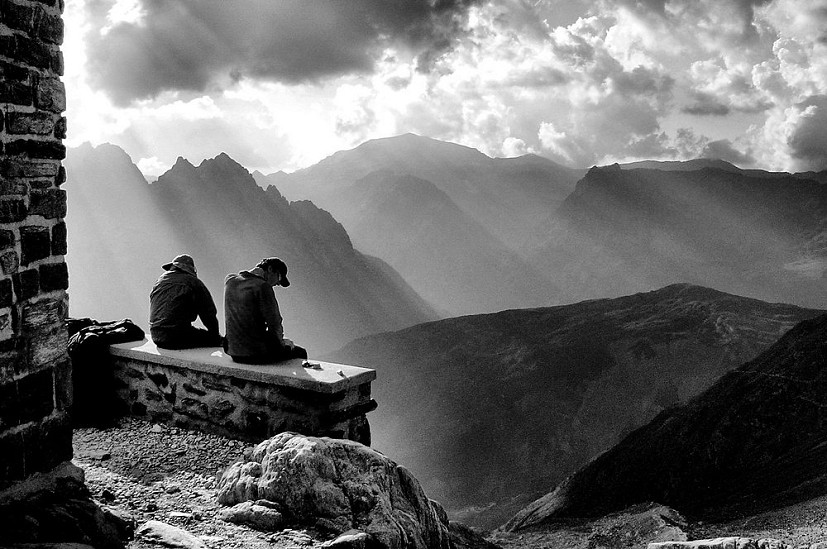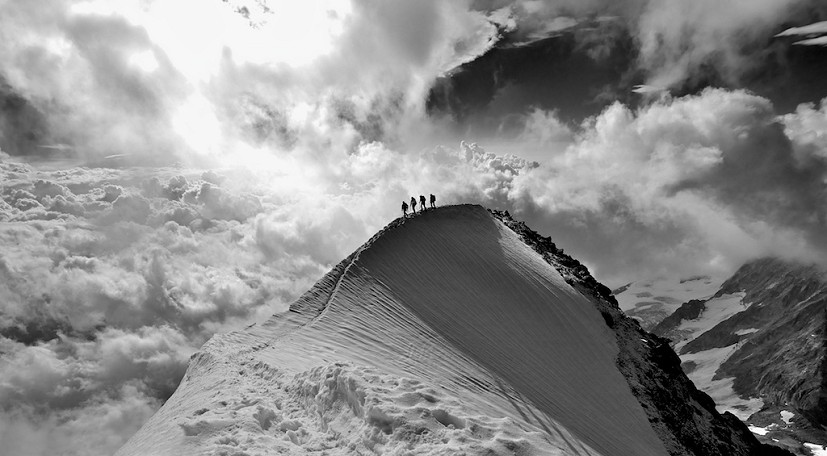Ten Top Tips for your first Alpine Adventure
With summer on its way the excitement of your first alpine trip is building. You've got the time off, some money saved and a few good friends to go with. You're ready to head out and show the Alps what you're made of. Or are you?
What can you do now to help you get the most out of your trip?
How can you prepare for your first (or even second) steps into the Alps?
These top ten tips will help you on your way to an incredible first alpine adventure and get the ball rolling for your career in these amazing mountains.
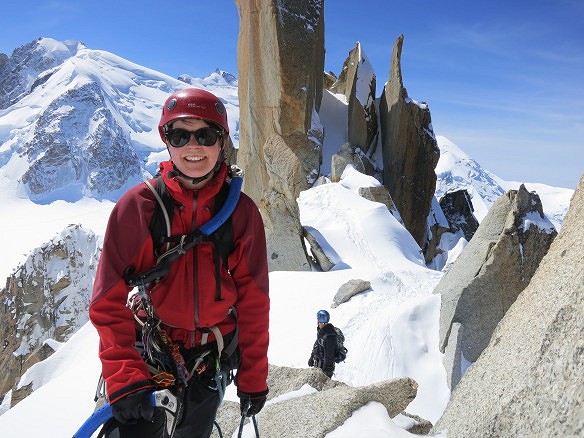
1: Choose the right area
First and foremost in the planning of your trip is to choose the right place to take a trip to!
Many people head straight to Chamonix on their first trip to the Alps only to get a harsh introduction and sometimes leave with a negative experience. I love Chamonix and I think it is one of the best places to learn and grow as a climber, however it would not necessarily be my number one choice for my first trip to the Alps.
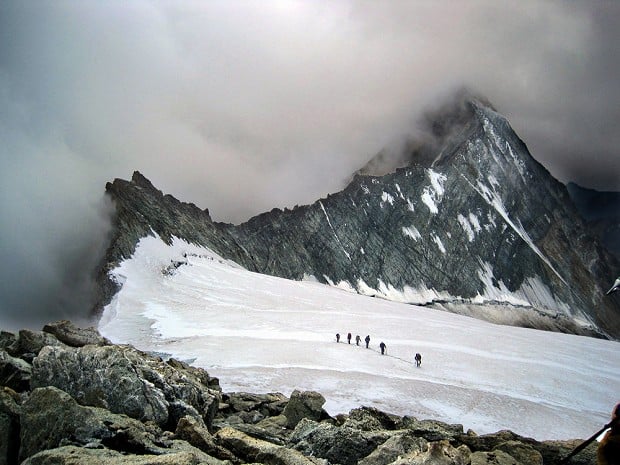
A good alternative might be Arolla in Switzerland. Why is this better than the mighty Chamonix valley I hear you ask? For one thing the town of Arolla is much higher than Chamonix, 1000m higher to be precise. This makes approaching the mountains a whole lot easier if you're too skint to afford the cable cars of Chamonix and also makes the task of getting acclimatised a lot more straightforward.
With a few days of hiking and bivvying up high you'll be well acclimatised for most of the objectives available to you. The objectives themselves are a lot more amenable for budding alpinists with a range of easy peaks and rock ridge scrambles to whet your appetite for bigger objectives.
It's a perfect place to start out in your alpine career. There are of course many other great alpine areas to visit and it is important to sample different places but picking a suitable place to start will help in getting your foot in the alpine door.
2: Research
Once you've chosen your area, start doing as much research as possible. Look at potential objectives, work out the public transport options, the cost of the huts and what climbing there is in the valley as well as up high. It's unlikely that you'll be climbing up high all of the time so it's good to know what rock climbing or bouldering you can do on down days.
Read blogs and trip reports and get as much information as you can to help you on your way. Planning and preparation are often vital to success on bigger objectives, so get this right from the start and it'll feel second nature when you start to move onto bigger or more complex routes. Info on conditions can be hard to come by but the UKC forums are one of the best places to start looking.
Find out what routes you should be looking at for the conditions that you might find. For example there's little point in aiming for ice/mixed routes in August and equally long rock routes might not be dry in mid June. If you're the kind of person who doesn't like to research or perhaps you like the adventure of the unknown consider your objective for the trip… Is it an adventure or do you want to get routes done and gain experience? With even some research you'll be more likely to tick off at least a few routes in a short space of time giving you more experience to have more adventurous trips in the future.
3: Get fit
Technical climbing skill and rock climbing strength are second to a good overall fitness. Prepare by doing long days climbing with a heavy bags and big boots. Scrambling/mountaineering days in the mountains of the UK are more akin to easier routes in the Alps than single pitch climbing or bouldering.
Make sure you get plenty of millage in on long easy routes before you go with an emphasis on volume of pitches.
Be prepared for the thinner air at altitude and how it will make you feel, the first few times you really feel the effects of altitude it can be very disheartening if you think you are fit! Any kind of cardio training will help but try and focus on ascent over distance if possible. Walking up hills with a big bag is the basis of any alpine training. There are a few books that can help you train specifically for alpine climbing such as Extreme Alpinism by Mark Twight (slightly out of date but some good tips in there for sure) and Steve House's new book Training for the New Alpinisim. (Good for weight training at least!)
4: Pack light
For most days climbing in the Alps in the last 6 years I have used a small 26 litre bag and that includes some multi day routes like the Eiger north face. It did take me a while to learn how to get everything into a bag this size but the benefits of being able to do so are huge.
A lot of people are a fan of getting everything inside their packs but I find that having crampons/axe, helmet and often rope on the outside means that I can use a bag which is much smaller. When you're using the kit that's on the outside, your bag is smaller, and lighter on your back and easier to deal with in tight spots. Light weight kit should be your obsession when you truly get into alpine climbing so make a start where you can. Shave the grams of your clothing and equipment where you can by chopping off excess features that aren't needed, it all adds up in the end.
I see a lot of folk out here in the alps in the summer wearing clothes which would be more suited to Scottish winter climbing than summer alpinism! Heavy 3 layer Gore-Tex shells are awesome for climbing in the Cairngorms but trust me you won't be experiencing weather like that in the Alps in summer unless you've made a big mistake. Think windproof and light, quick drying and with a small pack size for your clothing which makes up a large part of your kit. I very rarely take a waterproof out in the Alps (no joke) and I've regretted it a few times for sure but on the whole I stick by the mantra of "if it's raining in the mountains, don't go into the mountains"
5: Trust your partners
Many an alpine trip has fallen apart due to break downs in partnerships. A good partnership can last for years and provide great results and memories. Make sure you know the person you are going with well and that you get along with them in the most extreme situations. Arguments in the valley can fester and cause tension up high. If you don't know your partner that well, then get to know them as much as you can before your trip. Spend as much time as you can working out how they work and what they are capable of and your trip will be more likely to run smoothly.

Be honest and make sure you pick the right person to go with in the first place too. Differences in ability, fitness, objectives and even how much money each of you have can cause rifts between partners. If you can afford to take the cable car and your partner can't then what will you do? Will your choice put distance between you in other ways than the obvious? Can you put up with their rancid socks for days on end? Are you looking to do the same routes or are you both willing to compromise? Remember, you're unlikely to be more than 60m away from your partner during your trip…. Will your partnership last?
6: Make it easier for yourself
If you do decide to head to an area with an abundance of cable cars, a good piece of advice is to embrace the mountain infrastructure like the French do. If you want a good ratio of climbing to walking then being able to use the cable cars when you want and as often as you want is a huge advantage.
The same goes with huts. CAF huts are very reasonable if you bring your own food and with a reciprocal rights card such as BMC Membership or Austrian Alpine Club you can get a bed in a hut for about 12euros. Not bad when you consider that you might pay that for a camping spot in the valley.
I understand that a lot of climbers don't have much money to spend on cable cars or huts (I've been in that situation most of my climbing career!) but perhaps it would be better to take a shorter trip and spend your money wisely than take a longer trip and walk up 1000's of metres to the hut to save money? Maybe you want to do the walk in's as a matter of pride? Remember there are no prizes for walking up from the valley (well actually there are no prizses for alpine climbing at all!) and after the first couple of big approaches you'll be very envious of those who rode the bubble up and felt better/stronger/fresher. Save your energy for the climbing, that's what a smart climber does!
7: Don't bite off more than you can chew
Lots of first timers come out with ambitions beyond their abilities. Remember that climbing in the mountains is about learning and growing. Start off small and work your way up as you feel more comfortable. Don't get pressured into biting off more than you can chew by someone else or even your own ambition.
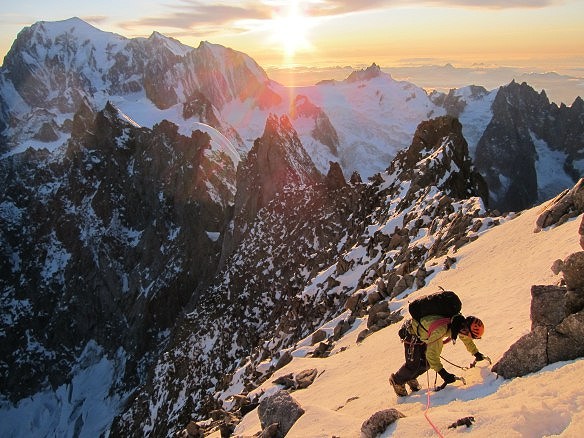
Do what you feel comfortable with and don't put yourself on a big/hard objective on your first trip, it's a recipe for disaster. Find your capabilities on easy routes and work upwards as you learn and grow. I remember some of my first few bigger objectives and the feeling of being strung out, tired and scared. You'll make bad judgements if you're out of your depth and this can be very dangerous.
Listen to your gut instinct. If it doesn't feel right then it probably isn't. There is always another day to try something so don't be in a rush to do a big route. It will happen in time so be patient and enjoy the "easier routes" for what they are.
8: Safety in numbers
If you can travel out with a group of friends then this is often the best way. You can learn from each other's mistakes (trust me you'll make a few, I know I did) and share your experiences together. Lessons learnt from other's mistakes are much easier than learning them the "hard way". You'll also be able to climb with other people and learn new tricks and see how others do it.
If you climb with just the same person you might miss out on learning how to make it easier for yourself. Also you can all look after one another by keeping track of where everyone is and what the conditions are like. You're less likely to get sick of sharing tents and sock odours if you can do it with more than one person. Also in this way it is possible to mix and match partners and routes, which can be a solution to differing objectives, as discussed in point 5.
If you don't have a group of friends to go with then get chatting to others on the campsite or in the gite. They might hold the information you're looking for or even be a potential climbing/drinking partner.
9: Be flexible
I'm not talking about yoga mats and stretchy pants, although they will probably help you be a better climber in the long run. Being flexible or fluid with your plans on and off the mountain is very important. Be prepared to change your objective for something which might be better at that time. Check the weather forecasts daily to see if it might be better to leave the mountains altogether for a sunnier rock climbing destination or a different alpine area.
Having a tick list is good to keep you focused but don't become obsessed with ticking off the classic routes that you've heard so much about. You'll often have a much better experience on a less well known route if you're by yourselves having an adventure. Talk to the locals to find out about lesser known routes where you might have even a whole mountain to yourselves.
10: Have fun
Above all, any climbing trip should be fun! The banter, mischief, adventure and companionship you have when climbing with your friends is hard to beat.
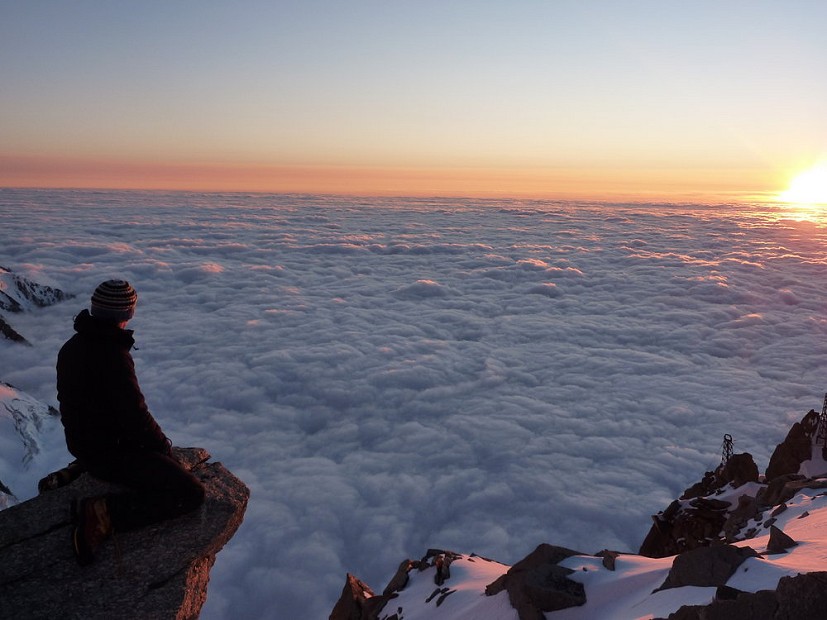
Having a regime can steal the magic away from climbing in the Alps so try and enjoy every second of it regardless of if it's going to plan or not. Try not to take it or yourself too seriously as at the end of the day it's just climbing and it should be fun! And remember guys and gals, the drinking of vast quantities of cheap beer is the cornerstone of any great alpine trip.
Good luck!
Dave Searle is a skier and alpinist based in Chamonix, France.
He is sponsored by Salewa and Wild Country and has a blog with loads of mountain stuff on it here: DaveSearle.me
